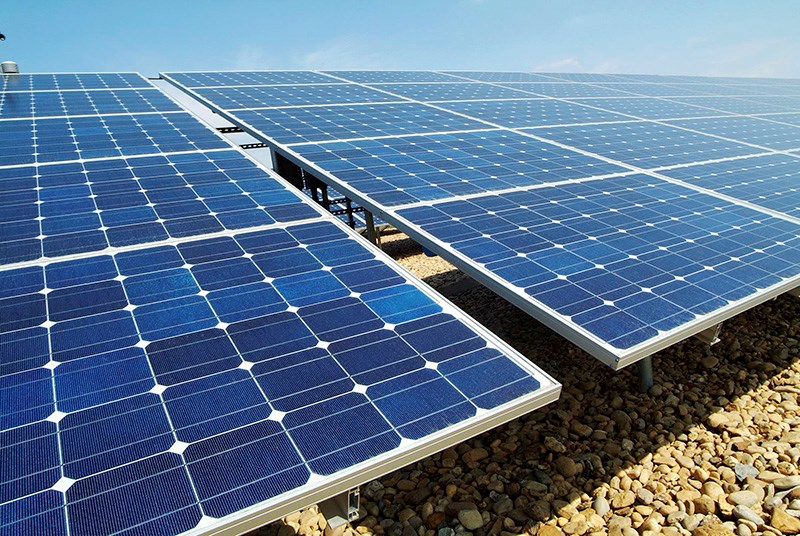Port Moody’s efforts to find a way to install an array of photovoltaic panels on the roof of its rec centre and city hall should be commended.
The recent study showed that solar power can be used to reduce electricity consumption, with a relatively modest output of cash, roughly $1.4 million, and a 16- to 17-year payback.
But these panels can’t be installed on older roofs without costly modifications, suggesting that solar would be most effective on new buildings where infrastructure can be built to support the panels.
It's true that B.C. electricity costs are cheap and hydro power, already a renewable resource, continues to be plentiful, making solar less attractive in our region while rain and cloud cover make hydroelectricity necessary during some parts of the year.
Still, there is much to be learned from PoMo’s foray into solar power and, as the region’s need for electricity grows and questions about Site C remain, it won’t be long before solar power becomes a practical alternative.



